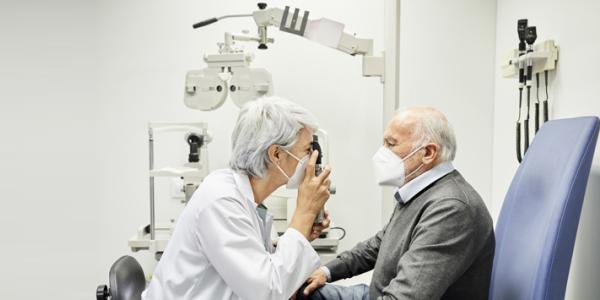


Over the past few years, have you noticed that it's harder to see things close up? Has reading become more difficult? Do you sometimes have trouble distinguishing colors, such as blue from black? Does it take you longer to adjust to changing levels of light when you enter or exit a dimly lit room? Does the glare from oncoming headlights seem to bother you more than it used to?
These are all very common vision issues that strike a majority of us as we age. In fact, by age 45, most of us will start to experience symptoms of presbyopia – more commonly known as farsightedness. If you find yourself holding books or newspapers at arm's length in order to read, you're probably ready to join the majority of US adults who need reading glasses to be able to perform close-up tasks such as needlepoint, crafts, and of course reading. Most cases of presbyopia can be easily corrected with glasses or contact lenses. Other common eye problems include:
But there are many other vision changes that aren't so simple and shouldn't be ignored. Many of these issues can result in vision loss or even blindness in older adults. Often there are few or no early symptoms, so having a regular eye exam is even more critical for anyone over the age of 45. Regular screening can help identify eye diseases and conditions such as:
Special aids such as magnifying glasses, brighter light bulbs, and motion-detectors that light up a room before you enter can help you manage with low vision. Driving with low vision is dangerous, so be sure to ask your doctor if it’s still safe for you to drive.
Preserving eyesight as we age is critical to staying active, engaged and fulfilled in life. That's why an annual eye exam should be a part of your regular healthcare routine. If you don't have an ophthalmologist, El Camino Health can help. Click here for help finding a qualified ophthalmologist that's right for you.
This article first appeared in the March 2023 edition of the HealthPerks newsletter.

Identify your risk factors and what to do if you are at risk.